How to Write a Cover Letter Template for Job Applications
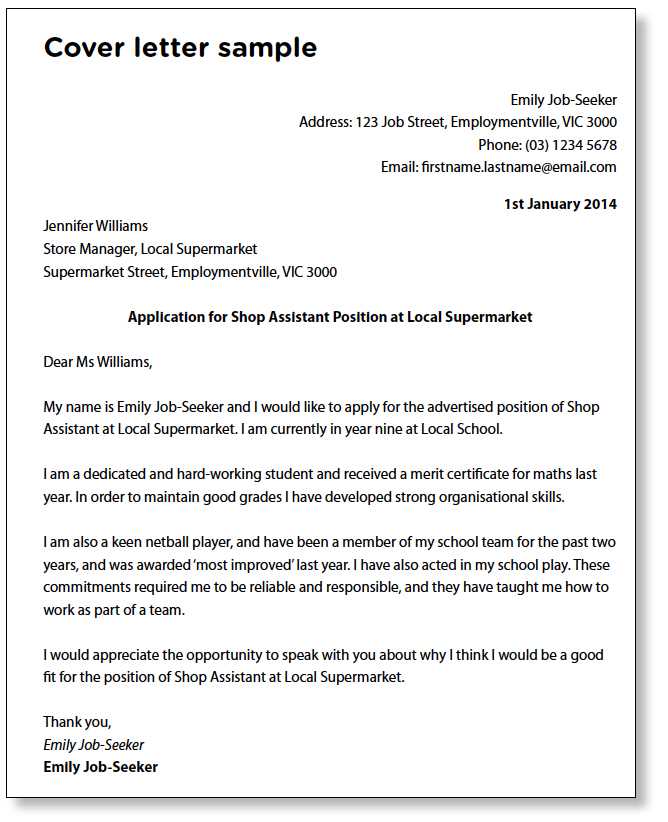
When applying for a job, your ability to present yourself effectively can make all the difference. A well-crafted application communication provides potential employers with an immediate impression of your professionalism and suitability for the role. It’s essential to strike the right balance between formality and personal touch, showing both your qualifications and genuine interest in the position.
By focusing on specific aspects such as your experience, skills, and motivation, you can form a compelling argument for why you’re the right fit. The structure of this communication is just as important as the content, guiding the reader smoothly through your background while maintaining their attention. A polished approach will help you stand out in a competitive job market.
Understanding the key components and how to tailor them to different roles can significantly enhance your chances of success. Proper structure, along with a clear and concise message, allows you to convey all the necessary information while keeping the focus on what matters most to your potential employer.
Learning the nuances of how to communicate effectively through this document will serve as a powerful tool in your career advancement.
Crafting an Effective Cover Letter
When applying for a position, it’s essential to create a document that captures the attention of hiring managers. This is your opportunity to showcase your qualifications and enthusiasm in a way that resonates with potential employers. The goal is to present yourself as the best candidate by making your strengths and motivations clear, while maintaining professionalism and conciseness.
Start by addressing the recipient personally, whenever possible. A tailored approach, rather than a generic one, helps to establish a connection and demonstrates genuine interest in the position. Follow this with a brief yet impactful introduction, where you mention the specific role you’re applying for and why it excites you. This sets the tone for the rest of your message.
In the body of the communication, focus on how your experience aligns with the job requirements. Highlight your key accomplishments and relevant skills without overwhelming the reader with excessive details. Be precise, focusing on what makes you unique and why you’re a great fit for the company.
End with a strong closing that reiterates your enthusiasm and invites the reader to continue the conversation. A call to action, such as requesting an interview, will keep the momentum going. Remember, brevity and clarity are your allies when crafting this important document.
Key Elements of a Winning Letter
To make a lasting impression on potential employers, certain aspects of your application communication must stand out. These components not only provide structure but also ensure your message is both compelling and professional. Focusing on the essential elements can make the difference between getting noticed or being overlooked.
- Personalization: Always address the recipient by name if possible. This shows that you’ve taken the time to research the company and aren’t sending a generic message.
- Introduction: Start with a brief and engaging opening that immediately communicates your interest in the role. Mention how you found the position and why it excites you.
- Clear Focus: Focus on the skills and experiences most relevant to the position. Select a few key accomplishments that align with the job description.
- Alignment with Company Goals: Explain how your values and professional goals align with the company’s mission. This helps demonstrate your long-term potential within the organization.
- Strong Closing: End with a confident and positive conclusion. Reiterate your interest and suggest a follow-up, such as requesting an interview or a further discussion.
These core elements work together to create a strong, well-rounded communication that enhances your candidacy and increases your chances of moving forward in the hiring process.
Tailoring Your Message for Employers
When reaching out to potential employers, it’s crucial to customize your communication to highlight how your unique skills and experience align with their needs. A one-size-fits-all approach often fails to grab attention, while a tailored message demonstrates your genuine interest and commitment to the position. This personalized approach not only helps you stand out but also shows that you’ve taken the time to understand the company and its objectives.
Researching the Company
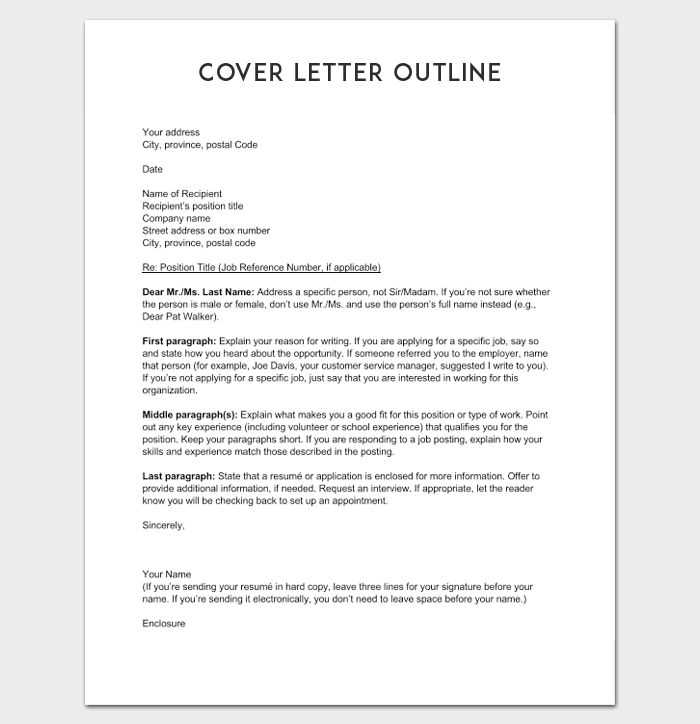
Before you craft your message, take the time to learn about the company’s culture, values, and goals. This will help you tailor your content to emphasize how your professional background aligns with their specific needs. You can reference company initiatives or recent developments to make your application even more relevant.
Highlighting Relevant Skills and Achievements
After understanding the company’s expectations, focus on showcasing your most relevant qualifications. Choose specific skills, experiences, or projects that directly address the requirements outlined in the job description. This approach not only demonstrates your suitability but also helps you stand out as an applicant who is well-prepared for the role.
Common Mistakes to Avoid in Letters
When crafting a document for job applications, avoiding certain pitfalls can significantly improve your chances of making a good impression. Even small errors can undermine your professionalism and diminish the effectiveness of your message. Being mindful of these common mistakes will help you present yourself in the best possible light.
- Generic Content: Avoid using the same communication for every application. Tailoring your message to the specific role and company shows that you’ve done your research and are genuinely interested.
- Overloading with Information: Keep your message concise and focused. Too much detail can overwhelm the reader and dilute the impact of your key points.
- Incorrect Tone: Striking the right balance between professionalism and warmth is essential. Overly casual or overly formal language can create the wrong impression.
- Spelling and Grammar Errors: Always proofread your document carefully. Typos and grammatical mistakes reflect poorly on your attention to detail and professionalism.
- Vague Statements: Be specific about your skills and achievements. Avoid making broad claims without backing them up with concrete examples.
By steering clear of these common mistakes, you can ensure your application communicates your strengths and qualifications clearly and professionally, increasing your chances of success.
How to Highlight Your Skills
Effectively showcasing your abilities is a crucial element in making a strong impression on potential employers. It’s not enough to simply list your qualifications; you must demonstrate how these skills are relevant to the role you’re applying for. By strategically highlighting your strengths, you can present yourself as a valuable candidate who is ready to make a meaningful contribution to the company.
Focus on Key Competencies
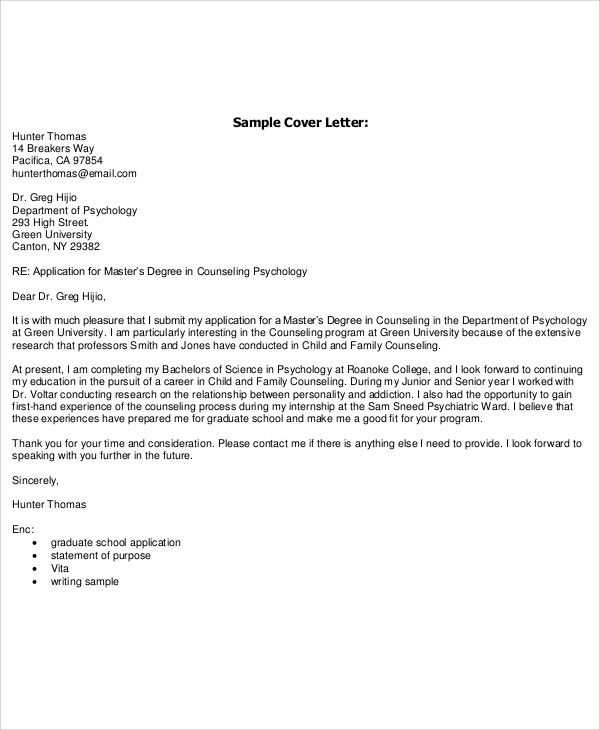
Identify the skills most relevant to the job description and emphasize them in your communication. Whether it’s technical expertise, problem-solving abilities, or leadership qualities, make sure to showcase the skills that directly align with the position’s requirements. This targeted approach will highlight your suitability for the role.
Provide Concrete Examples
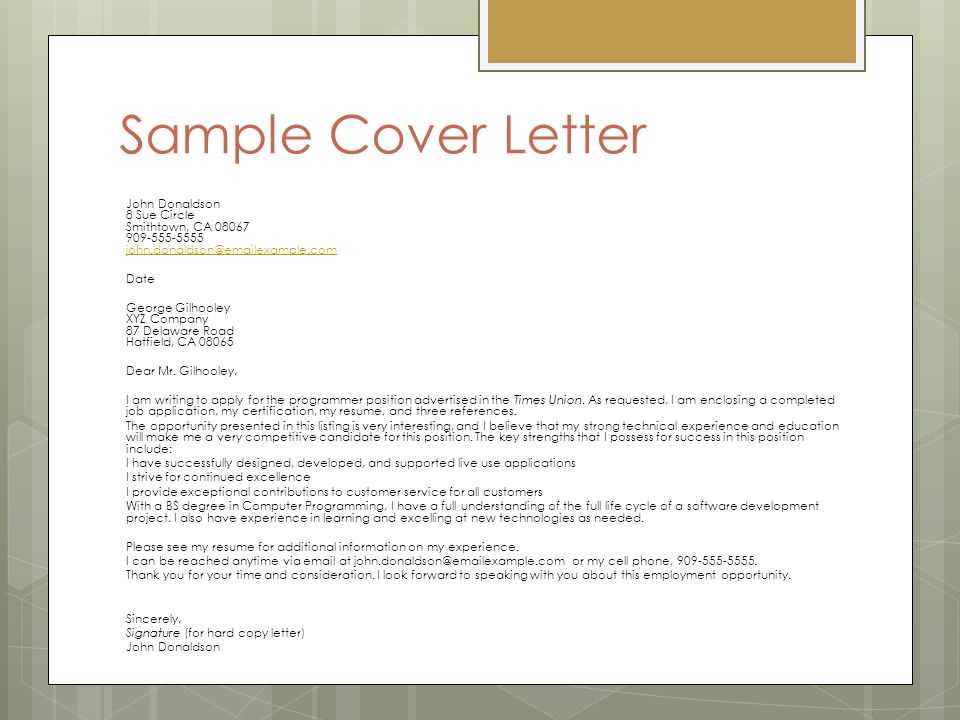
Simply stating your skills isn’t enough; provide specific examples of how you’ve successfully applied these abilities in previous roles. Whether through measurable results or successful project completions, concrete examples help demonstrate your proficiency and show that you can bring value to the company from day one.
Formatting Tips for Maximum Impact
When crafting your communication for a job application, the way your message is presented can greatly affect its effectiveness. A well-organized and visually appealing document not only makes it easier for employers to read but also demonstrates your professionalism and attention to detail. Following the right formatting practices can help ensure your application stands out in a positive way.
Use Clear and Consistent Structure
It’s essential to structure your document logically. Each section should flow naturally into the next, allowing the reader to easily follow your message. Consistency in headings, bullet points, and spacing ensures your document looks neat and is easy to navigate.
Choose the Right Font and Layout
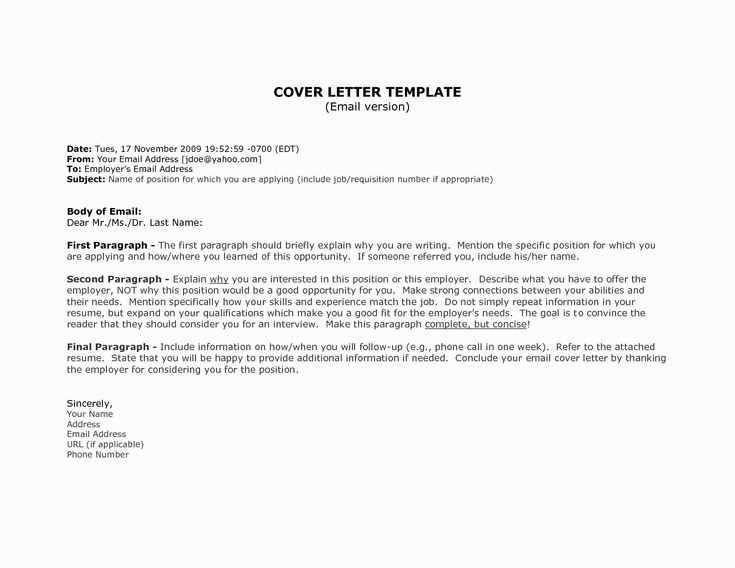
Use a clean, professional font such as Arial or Times New Roman, with a size between 10 and 12 points. Keep margins uniform and ensure the text is left-aligned for a professional, clean look. Avoid overcrowding the page with excessive information or large blocks of text.
| Formatting Element | Recommended Option |
|---|---|
| Font Style | Arial, Times New Roman |
| Font Size | 10-12 pt |
| Line Spacing | 1.15 to 1.5 |
| Margins | 1 inch on all sides |
By following these formatting tips, you can enhance the readability and visual appeal of your application, ensuring it leaves a strong, professional impression on potential employers.
Sample Template to Get Started
Having a structured format to begin with can greatly simplify the process of crafting a compelling application. A well-organized draft provides a foundation that allows you to focus on refining your message and tailoring it to the specific role you’re applying for. Below is a sample layout that you can follow to ensure you include all the important elements and present yourself effectively.
Start by addressing the recipient, followed by a brief introduction that clearly states the position you’re applying for. Then, highlight your skills and qualifications, explaining how they align with the job requirements. Finish with a strong closing statement expressing your enthusiasm and desire for further discussion.
This approach will help you create a focused and persuasive application, giving you the best chance to stand out to potential employers.